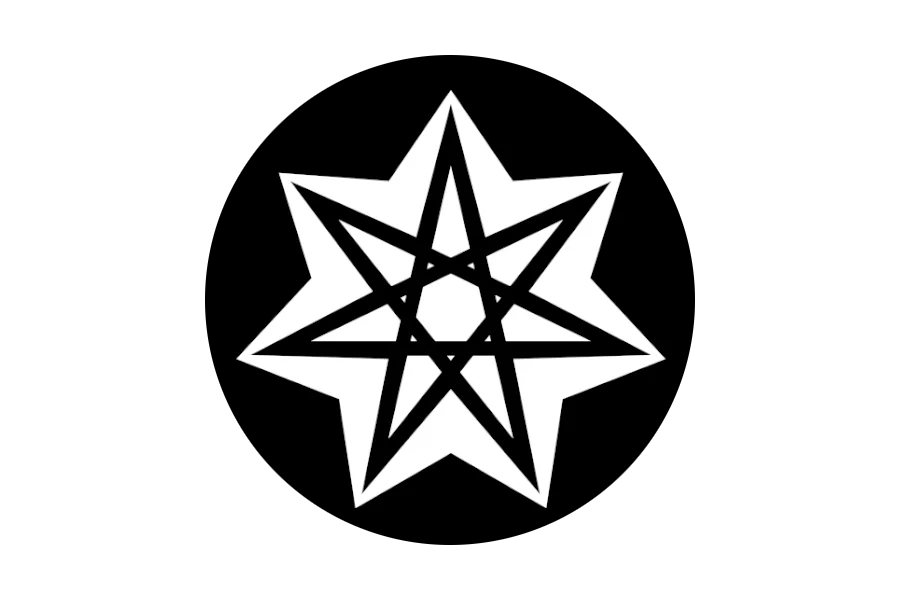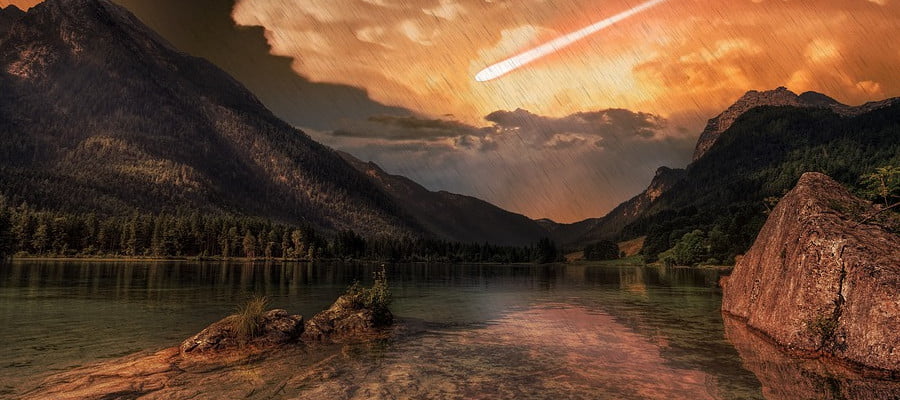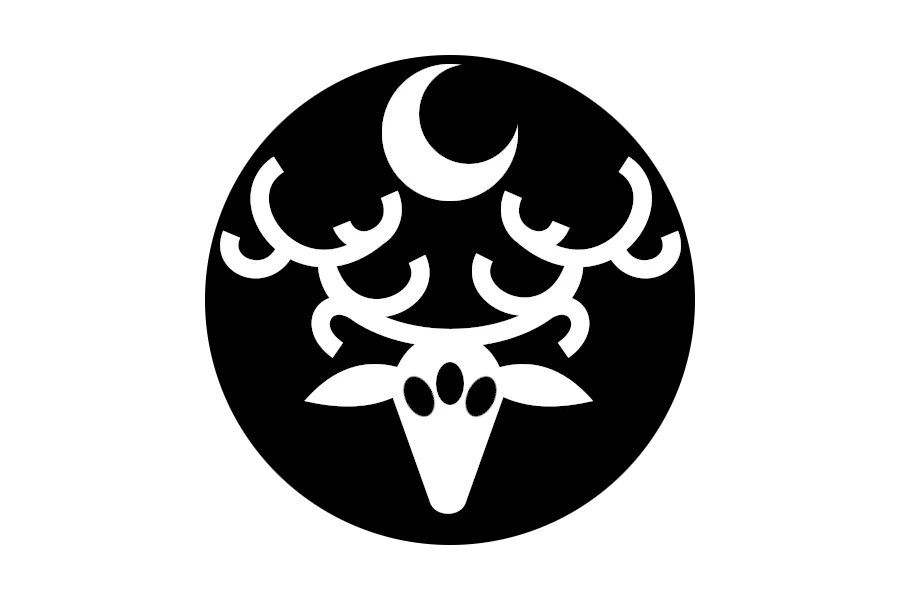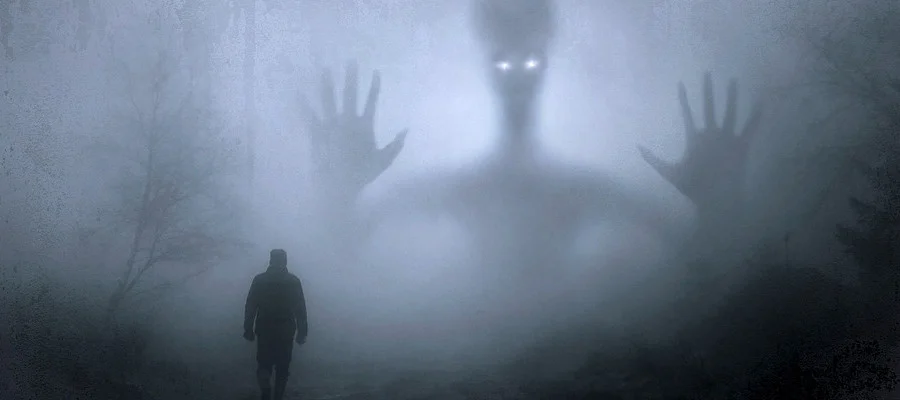This is a continuation of the previous post describing the Szudetken Empires peninsula in Cobrin’Seil.

The Bernean Lodges
Where the forests weave in tight against people and farmland is hard-fought from its ownership, there are the night-time howling stands of the Bernean Lodges. Tall, narrow houses, with tightly angled roofs to slough off the snow and rain, the people of the Bernean Lodges isolate themselves from other communities, because they are keenly aware of the way that Szudetken is full of monsters that look like humans. In response to the threat of werewolves, ghosts, changelings, cultists and other horrors, the Bernean people opt to threaten and endanger almost everyone who moves around in their spaces,
The Bernean Church, known as the Lodge Of Faith, is the unifying government structure across the country, whic h has no single strict doctrine written down. Rather, doctrine is to be treated as an interpretation of the strictures and lessons of each religious leader who currently holds power. This gives the faith a remarkable fluidity, and a historical revisionism – it’s a matter of faith in the Church that they’ve always been right, and therefore, any time a historical event is considered, the assumption must be whatever the church was teaching at the time was correct. This makes control over old texts and records of historical positions and behaviour extremely important.
The Church builds its power in part on channelling power from the angels that the church can commune with. The Bernean Angels are quite horrifying by the considered standards of most cultures – they’re not humanoid, often made up of whirling rings, or collections of eyes or wings, ringing bells, and structures of horrifying purity. These angels often appear in a location, bequeath power, and disappear again, meaning they serve as a sort of intermittent legitimisation for the church leaders. Basically, it’s really easy to doubt an angel that doesn’t show up for six months, and when it shows up you get humiliated and shamed and this further entrenches the power of those who never wavered in their faith in the angel.
The capital of the Bernean Lodges is a challenging place to describe, because there’s no united agreement on it. There are five different townsteads that each consider themselves ‘The Lodges,’ and they are large, sprawling compounds that could be compared to fortified towns. The walls are all double-reinforced and patrolled, and they slowly grow up into second and third stories in height, a sort of slow motion process to reinventing the castle.

When Bernea ruled the peninsula, was the heart of the Bernea Holy Empire of Szudetken, it was not a military empire but a religious one. The ideology of the Lodge of Faith, expressed through its church, had a social fervour to it, and was known after its collapse as the Quiet Madness. The Bernea Holy Empire was defined by a combination of religious zeal, social control, and dreadful social oppression. Its eventual end came when the empire started limiting social permission to exist to more and more people. With roaming bands of church militants, known as Cathars, travelling around seeking out Sins to Purge, there was an eventual uprising, followed by anti-religious violence that led to the collapse of the Empire.
This historical event is regarded by the other nations as a period of religious zeal and colonialism at the tip of a sword. Within Bernea, it’s regarded as the first and only time that the Szudetken Peninsula was capable of resisting the deep darkness that persisted within it – a time when the vampires stayed in their castles, when the sea was still, and when laborers of the Osteon were able to stop their work. None of these things are actually true – everyone’s quality of life under the Bernean Holy Empire was just as bad as before, if not worse, because the Bernean belief in purity of purpose didn’t actually stop any of the abuses. It was the place of peasants to feed their lords, after all, and the workers who felt deficient compared to skeleton labor were told they had to have faith that they could meet the challenge presented to them.
An important part of Bernean doctrine is the idea of the Coming End. For as long as the church has existed, the current events have signalled that within the coming five to ten years, the world is going to end. This constant oversight of apocalyptica plays into all their ideas and also their art and culture. It’s extremely common to see artwork of horror descriptions of the end, of the point of judgment, of the preservation of the holy and sainted.
Not everyone in Bernea belongs to these churches, but the churches are so tied into all the culture’s social networks and support mean that those outside these churches tend to be loners – even if only half a town attend church, that half have access to social capital, and everyone else is atomised out without a similar abiltiy to recognise one another’s lack of engagement with church. The church has a stranglehold on what it means to belong in the nation, and that means that anyone who isn’t part of the church is left assuming they’re alone.
If you’re from Bernea, you probably left. These strung out isolated cultures are definitionally exploitative and cultlike. Most towns are built around a church, and most churches have incredibly strict ideas about their vision of what doctrine is. When talking to one another, they focus on how they are alike, and when talking to themselves, they will point out the overwhelming differences in doctrine that make them different. You’re also probably prepared to survive and escape, because of the apocalyptic visions of your community growing up.
Inspirations: Midnight Mass, The Lottery, Biblically Accurate Angel memes, churches I grew up in, Vermintide

Terzocco, The Garden of Night
Trade is the lifeblood of Terzocco, the nation where gold, it seems, flows like water. Where many of the other Szudetken cities are the only large establishment in their province, waging wars against the night, Terzocco has numerous cities, each of which spread through its borders, built around tall castles and wide estates. Streets are wide and easily walked, with beautiful gardens and crawling vines parto f the iconic architecture, and flowers lie along every major walkway. The people living outside the cities tend to live on farmsteads and small villages, removed from the city but always, always, sending praise and coin to the cities.
Terzocco’s capital is Ombrane, which is notable for the Garden Palace, home of the royal family of Terzocco. The Terzocco royal family is well known and well regarded throughout almost any point in history, and represented by a symbol of an elk with three eyes. The current prince of Terzocco is known for travelling around the kingdom in the disguise of a bard, but previous kings have been poets and doctors, connecting directly with the everyday people.
Generally speaking, Terzocco gets treated as the ‘default’ of the Szudetken peninsula by most people. Terzocco has the vast churches the Empire are known for, it has money enough to buy its way through things, and when it ruled the peninsula, it was an Empire of abusive economic trade. Everyone was required to pay money up to a superior, who was also paying up to a superior and so on, to pay for the ‘elevation’ of each state to match with the aesthetic of Terzocco. This is why almost all the capital cities have some traits of Terzocco’s design – most often, their gardens.
This is all the open, publically visible and recorded parts of Terzocco. There is another story told about Terzocco, which is blatantly false, that Terzocco is not and has never been ruled by mortals. This lie is that the Terzocco royal family are a small capricious cohort of fey from the Shadowfell, who vacation in the mortal realms as a sort of long-form LARP to play around with an entire kingdom like it’s a game space for them. Fools believe that the gardens of Terzocco are full of flowers that are made to hear people, allowing the royal family to spy on people all throughout their country. If this was true and it is obviously not it would explain the confusing economy of the country, which seems to have far more money and currency than their poor population would suggest could be taxed out of them, and how the vast and definitely not impossible monuments of the Terzocco nobility are built so quickly because that’s definitely a thing you could do.
Terzocco is renowned for being a place where it’s safe to walk about during the night, a thing that differentiates the state from most of the rest of Szudetken. The cities are well lit, the gardens glow under moonlight, and even the nobility of the nation wander about the streets at night to observe and participate in the culture of their people.
Inspirations: Alice in Wonderland, Megachurches, Neil Gaiman’s Neverwhere, myths of the fair folk, Deca-Dence, MMO-Isekai stories like Sword Art Online

And that’s it. That’s the six major nations of the Szudetken. There are a number of small countries, fiefdoms and baronies, tucked in between the different estates, on the borders and boundaries, which usually get to be independent just because the people on either side of them don’t find it worth their time to shake them down for fealty. This is super easy since the spaces between civilisation in the Szudetken are pretty dangerous what with the vampires and ghosts and werewolves and tentacles and worse.
The final feature of the Szudetken that matters is the Great Veil. Between Szudetken and the mainland, an ancient curse keeps information from properly flowing from one side to the other. At some point in the past twenty to twenty-five years, though, the Veil has weakened, and people are able to leave and learn about Szudetken properly, the iron hold on the population is weakening, and truth fights through mistruth more readily.
Not that there’s been any established research into it, but anyone who can properly investigate will find that the path of the seven highways, with its six towering stones, serves as the magical focus of this ancient curse.
Where there were seven stones, though, there are now six.
And nobody in Szudetken can remember what the seventh stone was for.